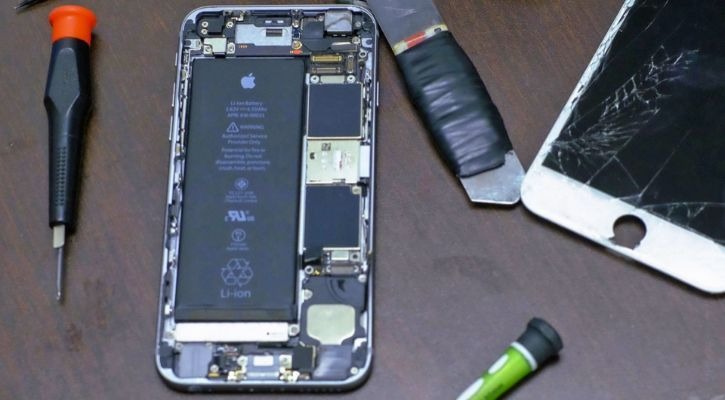
According to third-party repairers, the program is unviable due to slow response times and high part costs
Participating companies in Apple’s third-party repair program express the nearly insurmountable challenges of competing with the tech giant due to delays in the process and exorbitant pricing for parts. In 2021, Apple introduced its independent repair provider program in Australia amid scrutiny from the Productivity Commission review on the “right to repair.” The program aimed to enable small businesses to repair Apple products like the iPhone using official tools and spare parts, providing them with a competitive edge against the tech giant.
Repairers at the time perceived the initiative as a symbolic action intended to preempt any potential right-to-repair laws that the Productivity Commission review might have recommended.
After two years, several repairers in Australia and the US, who have been interviewed by Guardian Australia, claim that their concerns have materialized. They assert that Apple’s sluggish response times and exorbitant prices for replacement parts make it exceedingly challenging for them to compete effectively. These repairers, who preferred to remain anonymous, expressed apprehension that speaking about the program could lead to repercussions from the California-based tech giant, potentially jeopardizing their participation in the program.
While Apple states that it typically takes around eight weeks for repairers to join the program, repairers interviewed by Guardian Australia report waiting times of up to six months. They also express frustration over a lack of communication from Apple, as it feels like their applications are lost in a void without any means of contacting the company for updates on their status.
Upon acceptance into the program, repairers receive training from Apple and gain access to Apple’s parts, tools, repair manuals, and diagnostic software for iPhones and Macs.
A repairer, whose business handles approximately 30 to 40 Apple product repairs per week, shared that the average repair duration ranges from one to one and a half hours. If they were to charge customers at the same rate as Apple for repairs, their maximum profit margin would be around $60.
Apple’s independent repair portal operates in two ways: it either offers repairers a discounted price for a replacement part if the faulty part is returned immediately, or it charges the full price for the part and provides a credit to the repairer’s account once the returned part is received at a later date.
Repairers often opt to stock up on items like screens and batteries in advance to expedite customer repairs. However, they express dissatisfaction with the slow crediting process. One repairer interviewed by Guardian Australia mentioned that Apple has not processed approximately 80 credits since June, which hampers the feasibility of ordering parts upfront. Additionally, the repairer highlighted the difficulty of reaching out to anyone at Apple for assistance.
In October 2021, the Productivity Commission released a report that refrained from recommending comprehensive right-to-repair legislation but proposed several modifications to Australian consumer law to enable individuals to utilize their devices beyond the warranty period.
Williams, representing the Australian Communications Consumer Action Network, expressed support for enacting right-to-repair legislation.
The report was submitted to the former Morrison government, which did not provide a response to the recommendations before the May 2022 election.
Commentary was sought from Andrew Leigh, the assistant minister for competition in the Albanese government.



